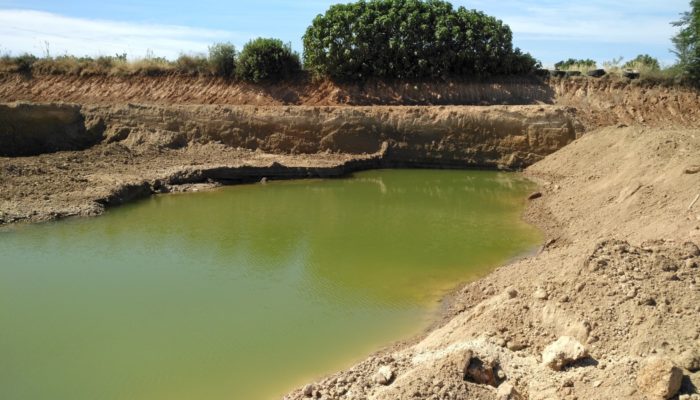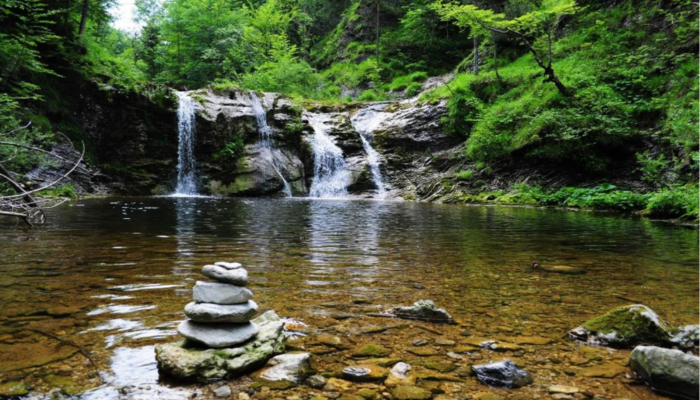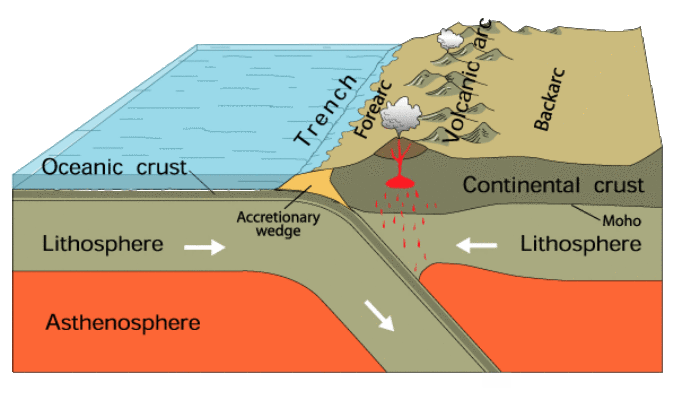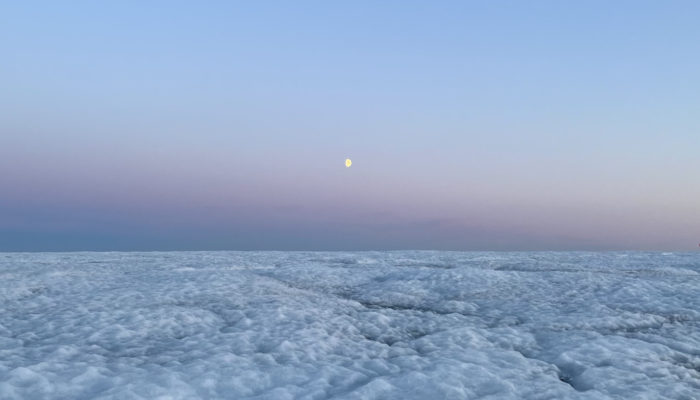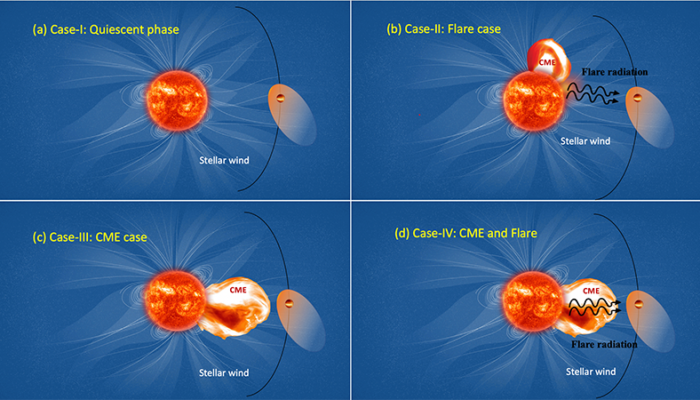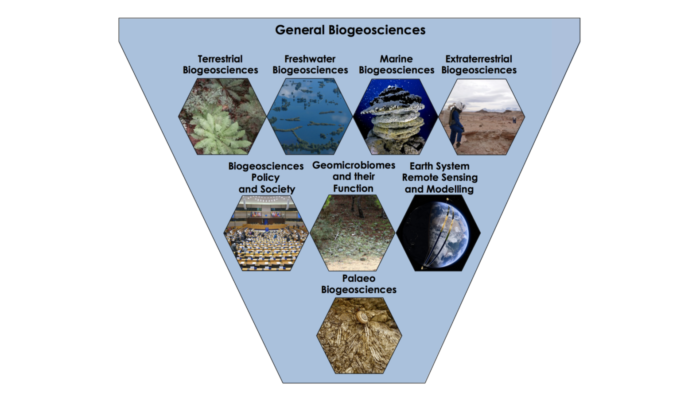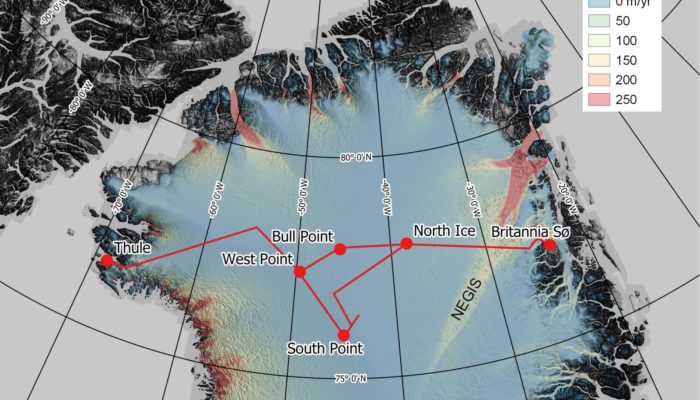Groundwater is one of the most important resources of freshwater for ecosystems and mankind. Because of this fundamental role in the Earth’s water and energy cycles, groundwater has been declared as an essential climate variable by GCOS, the Global Climate Observing System. As with other subsurface processes, it is difficult to observe and monitor on a global scale. This is especially true if you ...[Read More]
Geochemistry, Mineralogy, Petrology & Volcanology
Carbonate Minerals: the Silent Players of Climate Change – Victoria Corcimaru for GMPV for Sustainable Development
GMPV and The Sustainable Development Goals In 2015 all United Nations Member States adopted a set of Global Goals, as a universal call to protect our planet, end poverty and ensure that all people can enjoy peace and prosperity. These are called the Sustainable Development Goals – 17 integrated goals aimed at addressing the challenges our society is currently facing considering social, economic, a ...[Read More]
Biogeosciences
Looking back at our first BG campfire.
The BG division is extremely excited about including campfire events in our regular program. Campfires are informal events where we would like to bring together the biogeosciences community to discuss, learn or implement new ideas. To do so, we first wanted to know what the hottest topics are that interest our members. We celebrated the first BG campfire event last May 27th. It was an exciting mee ...[Read More]
Geodynamics
Modelling the Thermal Evolution of Subduction Zones
Subduction zones are as complex as they are ubiquitous. To understand subduction zone dynamics and processes we first have to understand the thermal structure of subduction zones and how this evolves in time. This week Adam Holt, Assistant Professor in the Department of Marine Geosciences (MGS) at the University of Miami Rosenstiel School of Marine and Atmospheric Science (RSMAS) and Cailey Condit ...[Read More]
Cryospheric Sciences
Did you know about the weathering crust? Five things you never knew about glacier surfaces
To the untrained eye, the melting surface of glaciers and ice sheets can look a little boring. It’s bright in some places, dark in others, and there are lots of things to fall over and (hopefully not) get your feet wet in. However, a huge range of processes are occurring both upon and just underneath the ice surface, in a 50-ish cm thick layer of ice called the weathering crust (or the “crust” for ...[Read More]
Geodynamics
The Sassy Scientist – Difficult Coexistence
Picture yourself in the office. You are finally cracking on that paper you have been meaning to read for a long time. Here comes that one paragraph upon which the understanding of the whole paper hinges. You are almost grasping it, when the smell of soup hits your nostrils, warning you that it is lunch time for your office mate. You know, the one that slurps when they eat. And obviously they think ...[Read More]
Geodynamics
Stellar storms in other worlds: implications for the stability of exoplanetary atmospheres
Stellar storms modify the atmospheric evolution of planets. ‘Hot Jupiter’ planets being very close to their host star, are often affected by such storms. In this week’s peculiar planet, Gopal Hazra, a post-doctoral fellow at the School of Physics, Trinity College Dublin, discusses effect of stellar storms on those planets using his self-consistent hydrodynamic models of planetary ...[Read More]
Biogeosciences
Apply to become a BG Scientific Officer
Biogeosciences Division Structure During the last EGU Biogeosciences Division Meeting we revealed how the BG Division would evolve over the next 12 months with your support and guidance. The new BG structure will consist of eight sub-divisions illustrated below. This structure maintains the visibility, expertise and diversity of our Biogeosciences community whilst creating new thematics that provi ...[Read More]
Cryospheric Sciences
Re-discovering the British North Greenland Expedition 1952-54
How did we (nearly) all forget about, or simply overlook, a large-scale two-year long mid-20th Century scientific expedition to the northern Greenland Ice Sheet? Particularly an expedition that kick-started some significant glaciological and geophysical careers, developed large-scale polar logistical capabilities, traversed the ice sheet, acquired some novel and critical data, and asked some big r ...[Read More]
Geodynamics
The Sassy Scientist – Continual Conclave
Jay likes to put in a couple of continuous hours on his project. No distractions. No students. No nothing. Nothing, but focus and progress. And then his supervisor wants to talk. Again. He grumbles: How often should you meet with your supervisor as a PhD student? Dear Jay, Unfortunately there is no one-fits-all answer to this here question. It simply depends on the PhD student. And the supervisor. ...[Read More]

